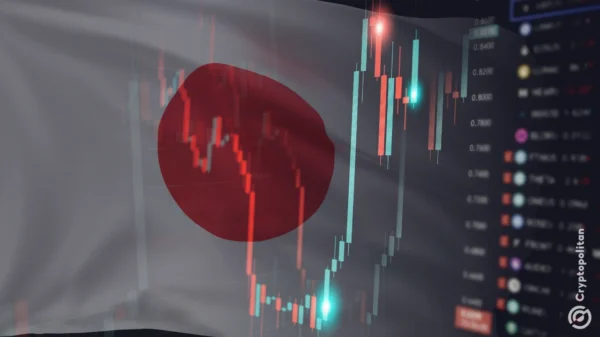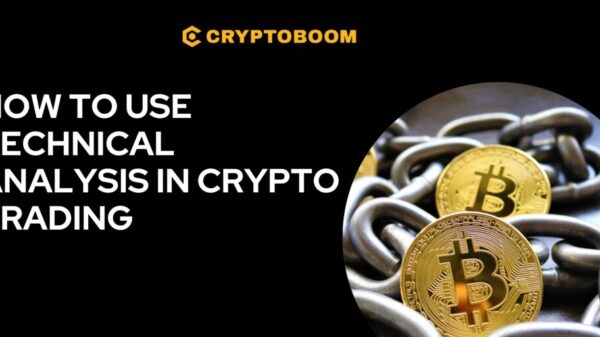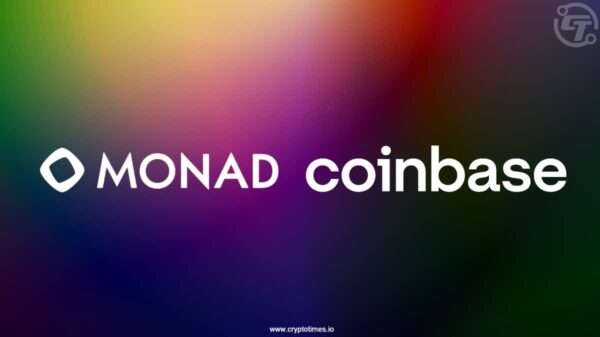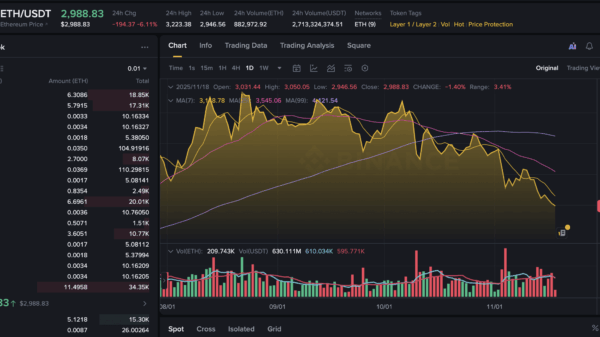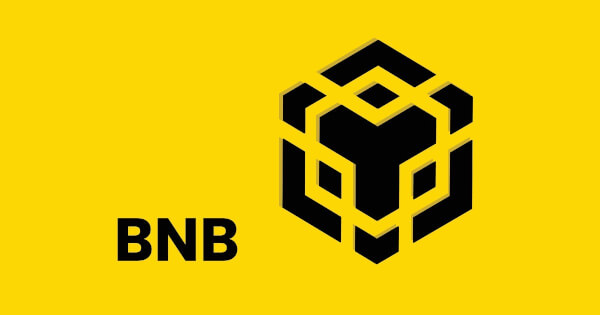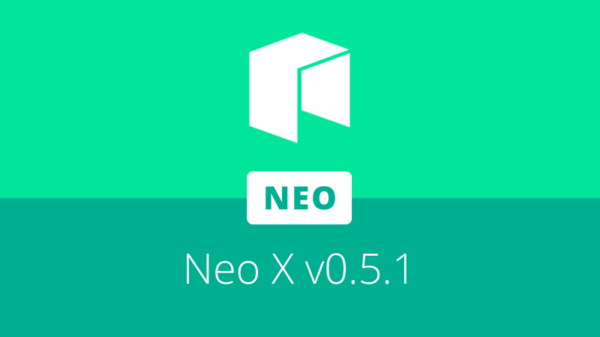In a surprising development, SEI has overtaken BNB Chain in terms of daily stablecoin inflow growth. This notable achievement highlights the rapid ascent of this emerging blockchain within the decentralized finance (DeFi) landscape. According to data from Artemis, SEI has exhibited a more substantial increase in stablecoin supply over a 24-hour period compared to its competitor, BNB Chain. Such momentum indicates a shift in liquidity preferences among key DeFi ecosystems.
The surge in SEI”s stablecoin supply is attributed to a combination of factors, including heightened user adoption, increased DeFi activity, and an impressive transaction throughput. This rapid growth has captured the attention of the crypto community, as SEI transitions from a high-performance Layer-1 blockchain to a serious contender in the liquidity and network growth arenas.
The developments signify that SEI is evolving into a central hub for on-chain finance, drawing the interest of investors who recognize its scalability and cost-efficient structure. These attributes position SEI as an attractive alternative to more established networks like Binance”s BNB Chain.
Rising Liquidity Signals a Growing SEI Ecosystem
The uptick in stablecoin supply on the SEI network represents more than a fleeting influx of funds; it signals a growing confidence from both traders and institutions seeking efficient settlement platforms. SEI”s architecture, designed for swift execution, facilitates faster swaps and lower fees, which are critical factors enhancing its appeal within the DeFi sector.
In contrast, activity on BNB Chain has remained relatively stagnant, as user engagement faces stiff competition from networks that offer quicker transaction finality and lower costs. This recent liquidity shift between SEI and BNB Chain may indicate the onset of a long-term transformation in how DeFi participants allocate their capital.
DeFi Projects Drive Adoption on SEI
Another vital element propelling SEI”s network growth is the influx of decentralized finance projects that are either migrating to or launching on this blockchain. Protocols offering services such as lending, yield optimization, and decentralized exchanges are increasingly integrating with SEI, drawn by its low latency and efficient execution capabilities.
These DeFi applications contribute to consistent on-chain volume, subsequently boosting the stablecoin supply as users engage in locking and transferring funds within the ecosystem. As prominent projects expand their operations to SEI, the network is steadily transforming into a competitive liquidity hub that rivals BNB Chain and other established platforms.
The Competitive Edge: Speed and Scalability
One of SEI”s key advantages over BNB Chain lies in its specialized trading infrastructure. Unlike general-purpose Layer-1 networks, SEI was specifically designed with the needs of traders in mind, prioritizing low latency and deterministic block times. This enables DeFi applications and users to benefit from near-instantaneous confirmation speeds, a crucial factor driving SEI”s network growth.
As on-chain liquidity continues to expand, SEI”s architecture offers a competitive edge that could attract institutional participants. High-frequency traders and decentralized exchanges can leverage this speed advantage, creating a positive feedback loop that enhances stablecoin supply on the SEI network.
In conclusion, while SEI”s rapid growth is impressive, its sustainability hinges on ongoing developer engagement, ecosystem expansion, and liquidity support. The network must persist in attracting new protocols and sustaining robust stablecoin inflows to solidify its market position. However, the momentum surrounding SEI”s stablecoin supply remains strong, indicating that as demand for DeFi products increases, SEI is poised to play a significant role in the evolving blockchain landscape.


